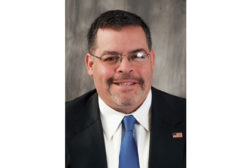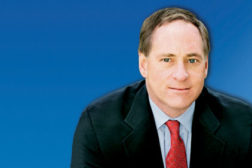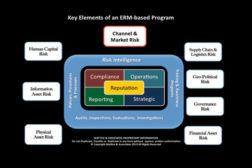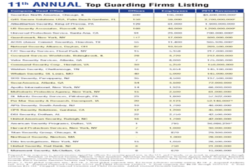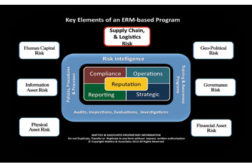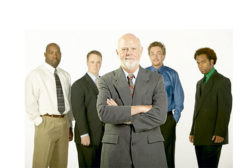- NEWS
- MANAGEMENT
- PHYSICAL
- CYBER
- BLOG
- COLUMNS
- EXCLUSIVES
- SECTORS
- Arenas / Stadiums / Leagues / Entertainment
- Banking/Finance/Insurance
- Construction, Real Estate, Property Management
- Education: K-12
- Education: University
- Government: Federal, State and Local
- Hospitality & Casinos
- Hospitals & Medical Centers
- Infrastructure:Electric,Gas & Water
- Ports: Sea, Land, & Air
- Retail/Restaurants/Convenience
- Transportation/Logistics/Supply Chain/Distribution/ Warehousing
- EVENTS
- MEDIA
- MORE
- EMAG
- SIGN UP!
Security Leadership and Management
What reporting strategies should your enterprise adopt?
Read More
How to Leverage a GSOC for Unified International Security
Across one entire wall of the room are dozens of camera feeds.
March 1, 2014
Getting Realistic Results from Security Technology
As the security industry heads to the largest technology trade show in the world, ISC West in Las Vegas, it is a great time to do an inventory and reflect on your security technology investments and systems
March 1, 2014
Addressing Cyber and Physical Risks in Modern Utility Security
In early January, residents of Charleston, W. Va., found that their tap water had a licorice smell and a strong aftertaste, and it resulted in a number of people reporting a variety of ailments.
March 1, 2014
Preparing for Litigation with Good Documentation
Security planning, regardless of business sector, is a company’s best effort to provide a proactive system to protect property and lives.
March 1, 2014
Earning Security Success by Monitoring the Marketplace
Knowing what is happening in the marketplace is vital to the success of your enterprise
March 1, 2014
How Dependence Can Ruin A Supply Chain
The economic horizon was showing signs of new life and your business-improving Orders were up, but you have concerns that you have stretched the length of your supply chain
February 1, 2014
Sign-up to receive top management & result-driven techniques in the industry.
Join over 20,000+ industry leaders who receive our premium content.
SIGN UP TODAY!Copyright ©2025. All Rights Reserved BNP Media.
Design, CMS, Hosting & Web Development :: ePublishing
